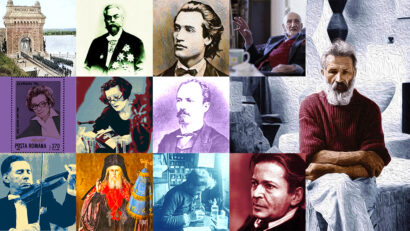Healthcare endeavours in early 19th century Wallachia
Hospital establishments in 18th century Bucharest

Christine Leșcu, 05.12.2021, 14:00
The first
hospitals were established on the premises of monasteries or nearby, on the
Romanian territory. Monasteries were once places were the physical conditions
were cured together with the psychological or mental ones. In Bucharest, one
such treatment place was the Panteleimon Hospital settlement. Initially it was
placed somewhere outside the city, in the commune of Pantelimon. In time, the
commune grew into one of Bucharest’s eastern districts. Its name and subsequent
fame were linked to the Saint Panteleimon Monastery, built in the mid-18th
century. The foundation deed of the hospital settlement is dated 1731. However,
the construction proper, for the establishment and for the monastery began in
1735. It was not until 1750 that the works for the two edifices were completed.
1735 was a year to remember because of the plague epidemic that broke out that
year. The epidemic severely affected the downtrodden segment of the population,
as usual treated on the premises of the monasteries. Actually, ruling prince
Grigore the 2nd Ghica, the founder of the hospital, ruled that the
new institution should cure the contagious diseases as well. Subsequently, another
hospital was built. The new establishment was exclusively dedicated to the contagious
diseases. The Saint Panteleimon Hospital was dedicated to the more general conditions.
In the 19th century, the hospital had been going through a series of
changes. One such change was implemented by one of the first physicians
schooled in the West, Constantin Caracas. At that time, medical doctors trained
in the West got involved in the development of the public healthcare system in Wallachia.
But what exactly happened at that time? Mihaela Diana
Spranceana pursues a Master’s programme with the University of Bucharest’s
History Faculty.
Mihaela
Diana Spranceana:
In the
first half of the 19th century, actually in 1832, ruling prince
Grigore Ghica the 4th had the old hospital taken down, ruling that new
rooms be built, for a number of 37 patients. In the following years, the number
of patients was continually growing. Between 1867 and 1869 the hospital was rebuilt
from scratch and opened with a spare-bed capacity of 80 beds. Admitted to that hospital
were both male and female patients suffering from chronic diseases that were
internal, but also external, sexually transmitted diseases as well as ophthalmological
conditions. Yearly, around 350 patients were treated, while the number of deaths
per year ranged from 12 to 15, according to the hospital register and the physician
Constantin Caracas’s accounts. Who were the hospital’s medical doctors, throughout
the years? On the staff of Saint Panteleimon Hospital were physicians who were famous
around the country, and among them we would like to mention the names of Dimitrie
Caracaș, but also that of his son, Constantin Caracaș. As regards the activity of
medical doctor Constantin Caracaș, what I can say is that he hailed from a
family of Greek medical doctors. His father as well as his brother were medical
doctors, and after completing his studies in Vienna he settled in Bucharest where
he acquired a certain fame also because he implemented and generalized the
smallpox vaccine.
Since it belonged to a monastery, the Saint Panteleimon Hospital
mainly treated the downtrodden. Yet contagious diseases took their toll on the
entire population, so it was also in the first half of the 19th
century that the first vaccination campaigns also began in Bucharest. And, just
as we have found out, medical doctor Caracas was on the frontline. One of the
old medical documents that has been preserved to this day is the vaccination
Regulation of 1875.
Mihaela Diana Sprânceana:
Article 1 stipulated that
vaccination was mandatory for the entire population, while article 2 stipulated
that any given child was to be vaccinated during the first year of his life,
save for the diseased or the sickly, for whom vaccination was optional. Revaccination
was made at the age of 7, and during the smallpox epidemic vaccination became
mandatory. Article 7 clearly stipulated that the persons who failed to produce a
document proving they had been successfully vaccinated were denied access to all
public services. It is exactly what happens today with those green passes
without which you do not get access to malls or certain institutions unless you
produce them. During the vaccination operation proper and for the control of the
operation, physicians will be accompanied by a local police agent in urban
areas, while in the rural communes they are accompanied by the mayor or one of
his delegates, just as it happens today in the vaccination centres, where the
police and the gendarmerie are present. The booster rollout, in the urban areas
will be administered by the town’s physicians, personally, while for the rural
communes it will be administered by the county’s board-certified physician or
one of his delegates, twice a year, on previously-set dates.
As
for the Saint Panteleimon Foundation, in 1869 it was rebuilt from scratch, this
time with a spare-bed capacity of 80 beds. During the inter-war years, the
number of sections grew, including a surgery section, an internal medicine as
well as a nervous disease service. In the final years of the communist regime,
and mostly after the 1977 tremor, the hospital and the church were in an advanced
state of degradation Towards the late 1980s, the hospital and the monastery alike
were demolished to make room for a hotel-and-restaurant compound, the so-called
Swan Compound, Complex Lebada in Romanian.






























